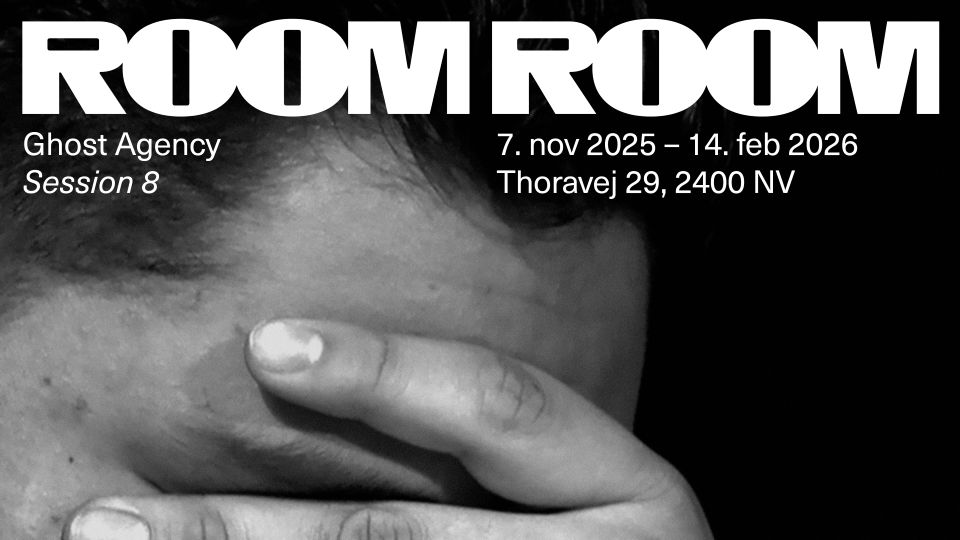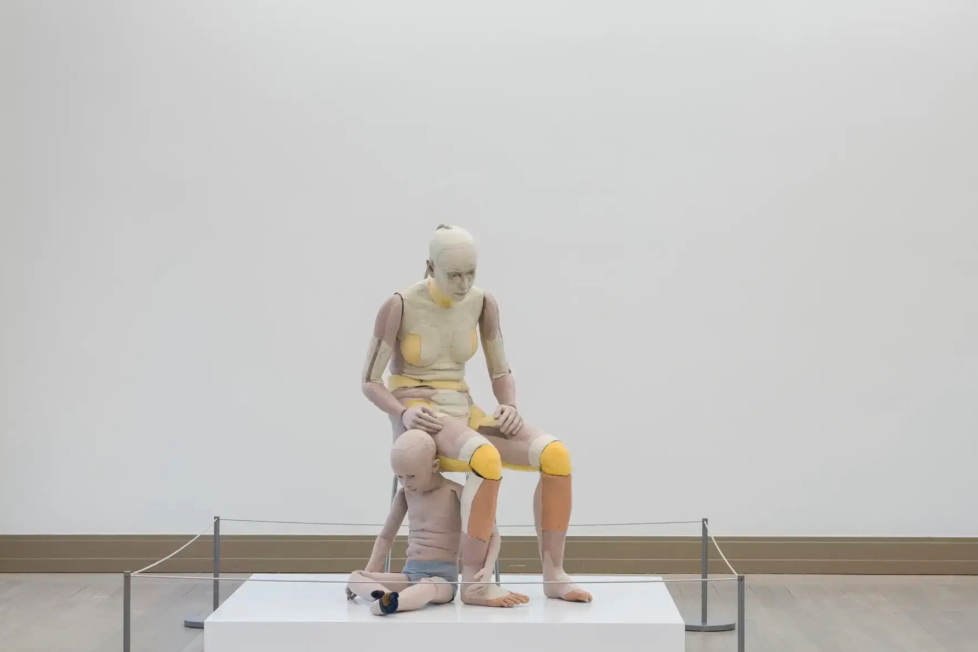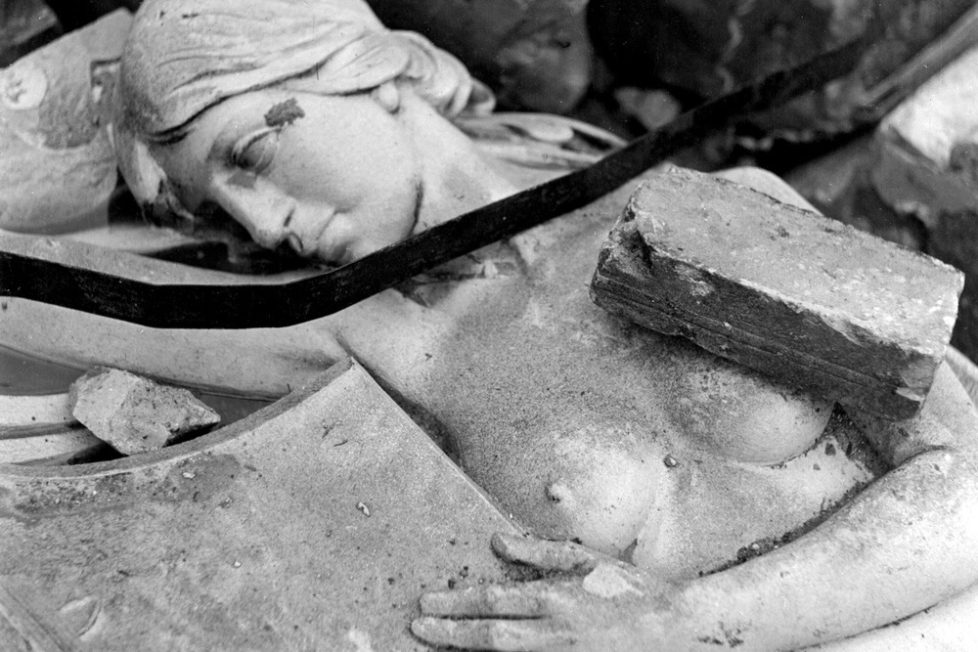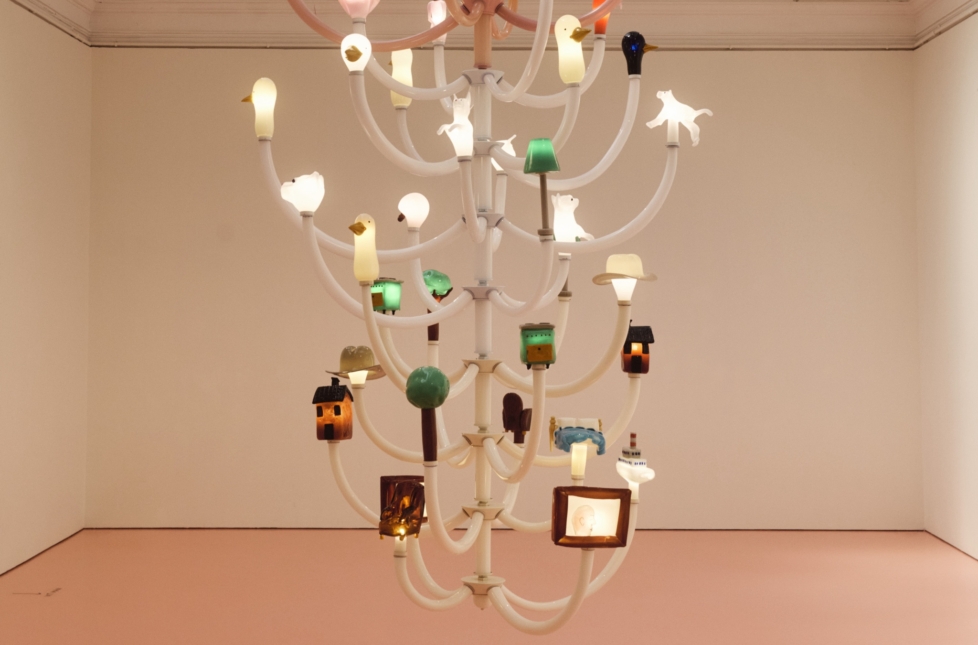
Last weekend, Moderna Museet in Stockholm threw a big party inaugurating a major exhibition on the German Expressionist group Die Brücke, as well as a smaller show with contemporary artists Nicole Eisenman and Edith Hammar. But more noteworthy than the predictably favourable reviews in the major newspapers was the journalist Ale Låke’s surprising article alleging “possible abuse” at Moderna Museet in the small leftist paper ETC.
The article is about the queer icon Vaginal Davis’s critically acclaimed exhibition that has been going on at Moderna and several collaborating institutions in Stockholm since May. More specifically, it is about suspected abuse in The Last Club Sucker (1999) – a shaky video documenting the last night of a now defunct queer club in Los Angeles. In it, we see Davis, as the hostess, persistently approaching the male patrons; sometimes she pulls down their pants and starts sucking them off. Their reactions range from embarrassed to reluctant. No one seems particularly keen, but most of them accept their fate.
I suppose that most people who have seen the work didn’t think that it was worth making a fuss over, that Davis is playing a role in a performance and that the patrons have given their consent simply by stepping into the club. However, this interpretation is dismissed by sexologist Suzann Larsdotter who points out in Låke’s piece that several of the men don’t look like they feel safe at all, and that there seems to be a lack of consent.
Davis herself has not commented on the allegations in the article, but Hendrik Folkerts, the curator at Moderna Museet, defends the decision to show the work since it depicts something that happened a long time ago (perpetrators throughout history are grateful for that argument). Meanwhile, he admits that he has not spoken to all the participants, which, of course, means that we don’t know whether they consented to being sucked off, or to being filmed – or to the film being included in the show. The fact that the museum has still chosen to exhibit the work is a clear violation of privacy because even if the men were on-board at the time, it’s not certain that they want to be on public display twenty-five years later.
That so few people have reacted to Davis’s work might have to do with the fact that sexual abuse of men is frequently trivialised in a culture where men are always expected to be ready for sex. The #MeToo movement was a step in the right direction, but rarely centred on men as victims of sexual abuse. Another reason, I think, is that Moderna Museet has groomed us to accept or even demand transgressive behaviour from certain artists who have tickled audiences with sprit communication or sexual debauchery.
It all started in 2013 with Hilma af Klint, the crowning glory of Moderna Museet as a feminist museum during a period when artists like Yayoi Kusama and Marina Abramović were highlighted in major shows. In that context, the spiritual noblewoman came across as the perfect rediscovered genius who upended established truths and hierarchies. A decade later, a hagiographic exhibition displayed Nan Goldin’s images as slideshows in darkened rooms, giving the impression of entering a temple dedicated to the life and work of the sanctified American artist. Goldin’s dubious images of young people in sexually vulnerable situations were not scrutinised.
It’s striking that it hasn’t been more widely noted that Moderna Museet is peddling an age-old cult of genius, albeit packaged in a way that people buy into today. Davis has been promoted with astonishing hyperbole as a larger-than-life character, and her art as so incredibly important that it requires five or six art institutions to accommodate it. As with af Klint or Goldin, the public message has been that we should see it as an honour to even be allowed approach this exalted genius. Nothing to criticise here, no sir!
Of course, there is a lot of humour and deliberate exaggeration in Davis’s exhibition, which can be said to hold up a critical mirror to our individualistic and sex-obsessed society. But what difference does that make when she is cast as untouchable? This is precisely the point of declaring an artist a genius: to make us believe that they are challenging established truths to the extent that any dissent will look suspicious.
If I’m wrong, I would happily be reminded of which critics have dared to question the supposed genius of Nan Goldin, Hilma af Klint, or Vaginal Davis. Or, for that matter, Britta Marakatt-Labba, who will be shown at Moderna next year, and who recently made the Swedish daily Dagens Nyheter’s powerful editor Björn Wiman fall to his knees in rapture after visiting the first iteration of her exhibition at the National Museum in Oslo. Surely, Moderna can expect critics to bend the knee when the show arrives in Stockholm.
Yet, to act as if an artist is sacrosanct is both in poor taste and out of touch with history. The glib talk of “male geniuses” during #MeToo tended to overlook the fact that artists are canonised not because they are of a certain gender, but because they embody certain political ideals. Once upon a time, Pablo Picasso or Jackson Pollock was seen to personify the promise of human liberation and individual expression of modernity. Today, when other dreams are waiting to be incarnated, a woman or a BIPoC person will do just as well. Yet, the function of genius is the same, the culprit being capitalist class society’s need for individuals who can be marketed with the false promise of fulfilling people’s dreams. In exchange, these geniuses gain access to the upper-class privilege to debauch and treat other people as their property.
From an art-critical point of view, it is annoying that Moderna Museet distorts the true meaning of the word genius. As the Italian philosopher Giorgio Agamben points out in his book Profanations (2015), genius derives from the Latin word for tutelary spirit, denoting the uniqueness of each individual, that which exists in a contradictory relationship with the impersonal elements we all have in common (like language and culture). Indeed, one of the reasons why genius has come to be associated with an oppressive mentality, rather than the significance of a unique voice, is because people in power insist on subjecting art to a social logic that celebrates the ability to dominate and rule over others. That was the case in Picasso’s and Pollock’s days, and it obviously still is today.
Ulrika Stahre is one of the few critics in Sweden who has commented on the article in ETC, and argued, in the newspaper Aftonbladet, that it would be hypocritical not to show The Last Club Sucker because Davis’s history should not be sanitised. I agree. Cleaning up art to suit bureaucrats and self-proclaimed political commissars is not a good option. But even Stahre, who admits to being ambivalent about the work, seems to assume that men have to put up with being molested because, as she herself writes, no one would defend a similar film where women are subjected to the same treatment. Why not go to the root of the hypocricy, and stop letting the toxic, self-involved, and autocratic lifestyle of the upper classes dictate how we understand art – and how it is displayed in a public museum?










